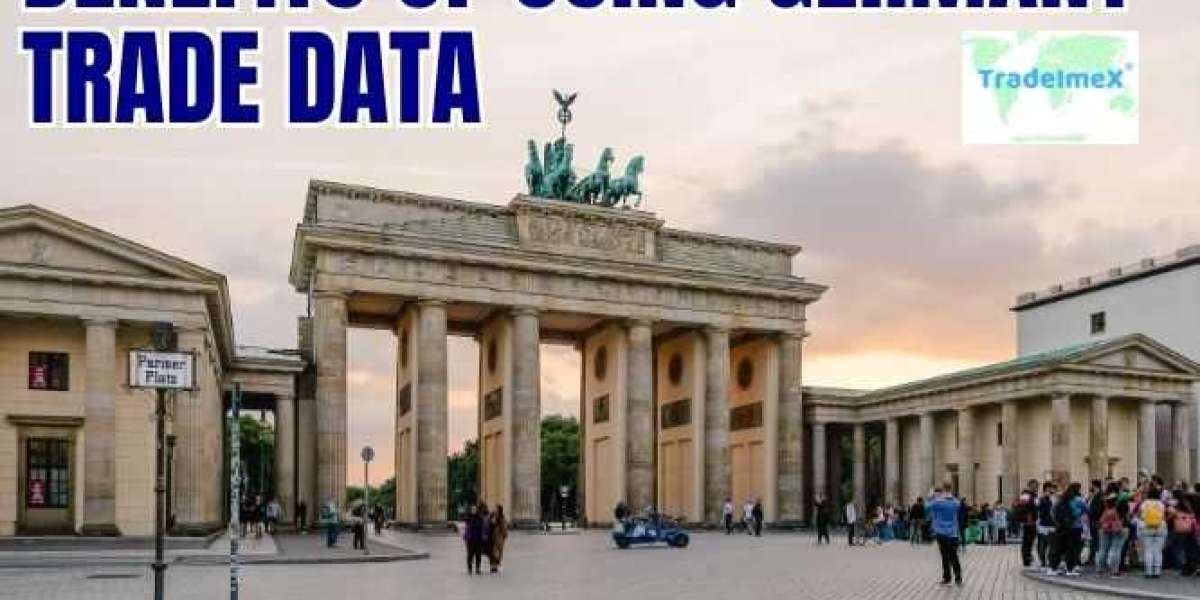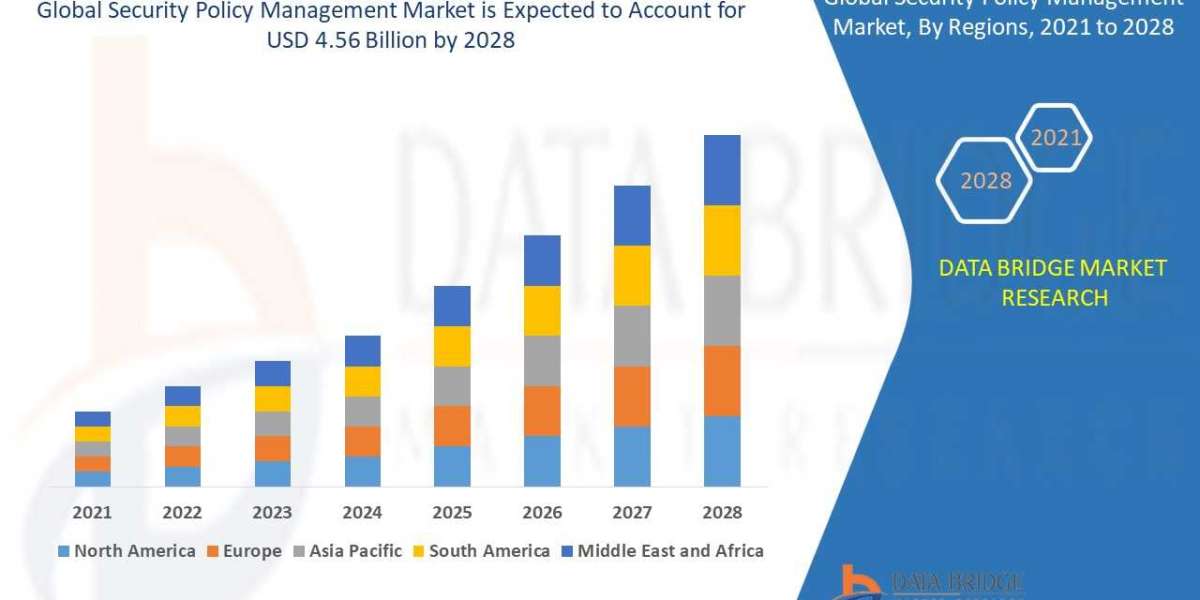The trade relationship between the Netherlands and Germany is a testament to the synergistic economic ties that flourish among neighboring countries. The Netherlands and Germany, both influential players in the European Union and the global economy, engage in extensive trade for a variety of compelling reasons, as evidenced by Germany export data. Let's dive into the intricacies of this trade partnership.
Geographical Proximity: A Natural Advantage
Geographical proximity is a pivotal factor driving trade between the Netherlands and Germany. Their shared border facilitates the movement of goods, making it logistically efficient to transport products across the two countries. This proximity reduces transportation costs, minimizes transit times, and fosters the swift exchange of goods.
Complementary Industries: Meeting Diverse Needs
The Netherlands and Germany possess complementary industrial strengths, resulting in a symbiotic trade relationship. The Netherlands is renowned for its expertise in maritime services, logistics, and agriculture. On the other hand, Germany is a powerhouse in manufacturing, technology, and automotive industries. This complementary nature allows both countries to satisfy each other's demands efficiently, fostering economic growth.
Value Chains and Specialization: Enhancing Efficiency
Both the Netherlands and Germany participate in complex global value chains. These value chains involve the production of components or intermediate goods that are used in the manufacturing processes of the other country. This specialization and cooperation enhance efficiency, cost-effectiveness, and the overall quality of products.
EU Membership: Strengthening Trade Ties
As members of the European Union (EU), the Netherlands and Germany enjoy a favorable trade environment characterized by reduced trade barriers, harmonized regulations, and the free movement of goods. This membership streamlines trade procedures, making it easier and more cost-effective for businesses to engage in cross-border trade.
Diverse Consumer Markets: Meeting Consumer Preferences
The Netherlands and Germany are sizeable consumer markets with unique preferences and demands. Engaging in trade allows both countries to access a broader consumer base, ensuring that a wide array of products can be offered to consumers without the need for excessive duplication of production efforts.
Technological Collaboration: Leveraging Innovation
Both the Netherlands and Germany are leaders in innovation and technology. Collaborative efforts in research, development, and innovation projects create a positive feedback loop, fostering the exchange of expertise and the development of cutting-edge products that benefit both nations.
Conclusion: A Flourishing Economic Partnership
The Netherlands-Germany trade relationship is a vibrant example of how neighboring countries with distinct strengths can forge mutually beneficial partnerships. By leveraging Germany export data, it's evident that this trade is driven by geographical proximity, complementary industries, efficient value chains, EU membership advantages, consumer preferences, and technological collaboration. This trade partnership enriches both countries' economies and contributes to their roles as key players in the global market.
Visit:- https://medium.com/@tradeimexsolution/germany-import-export-data-global-trade-data-5d6ae174d889







